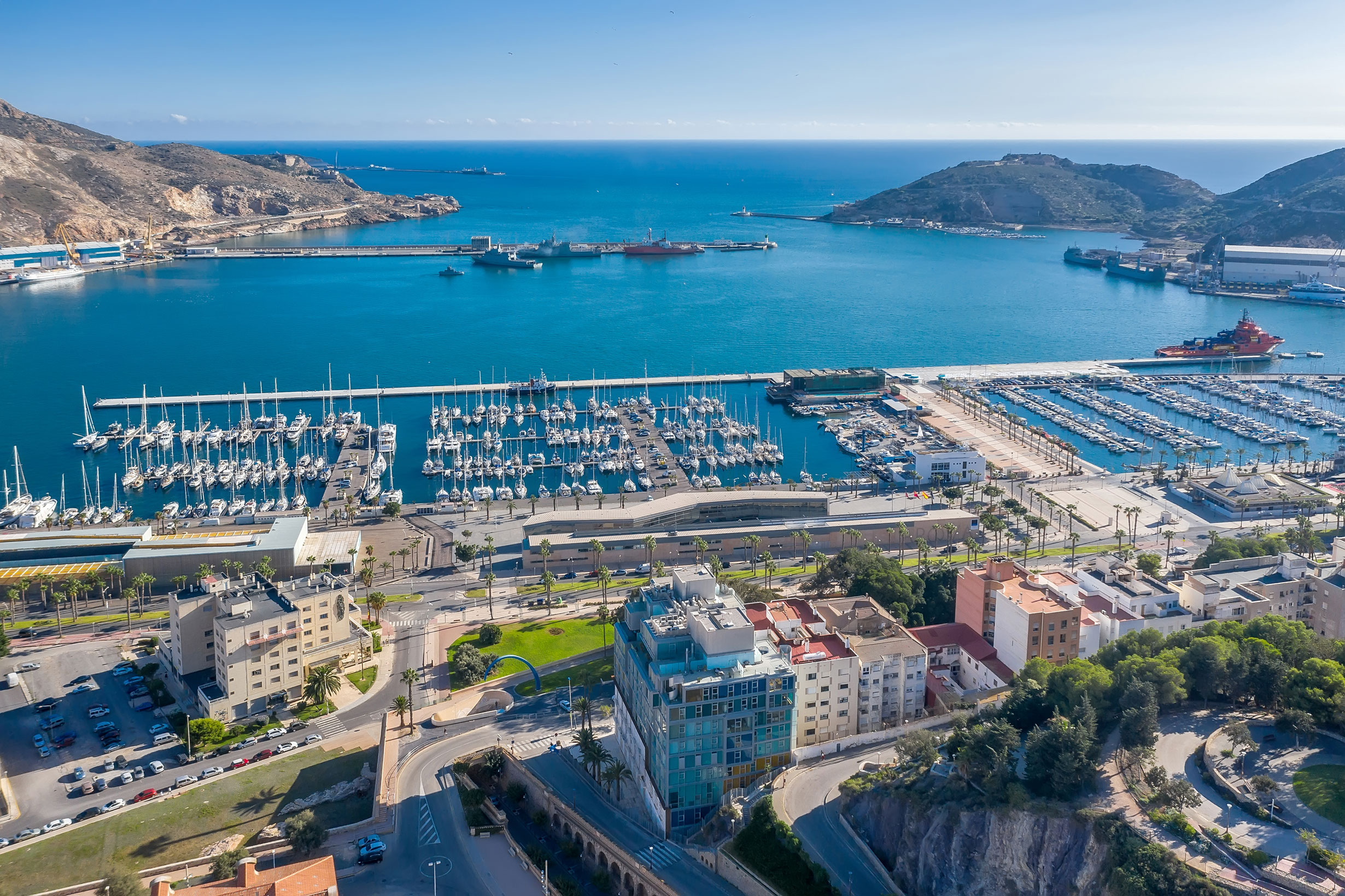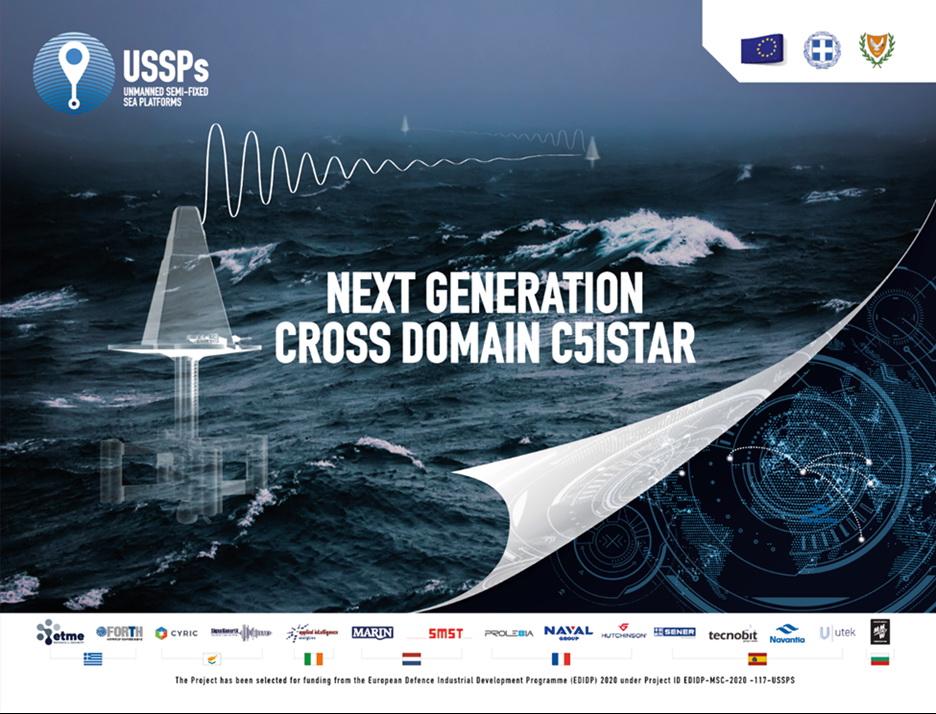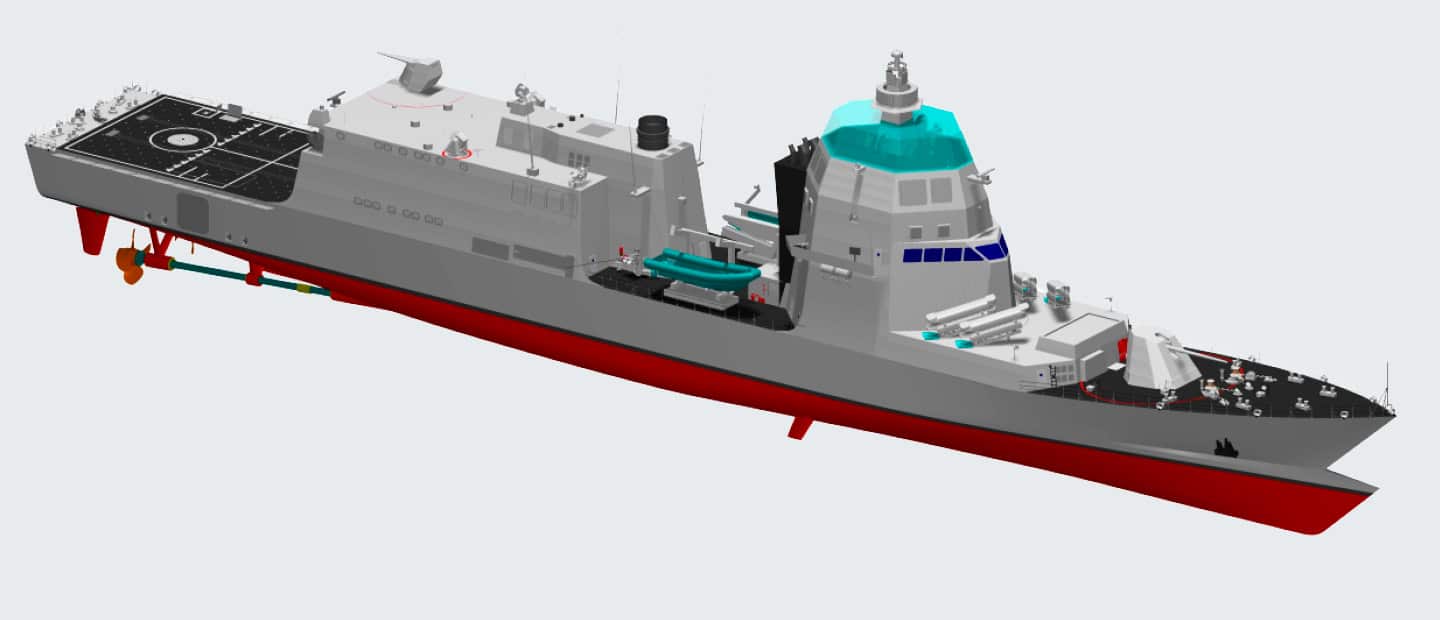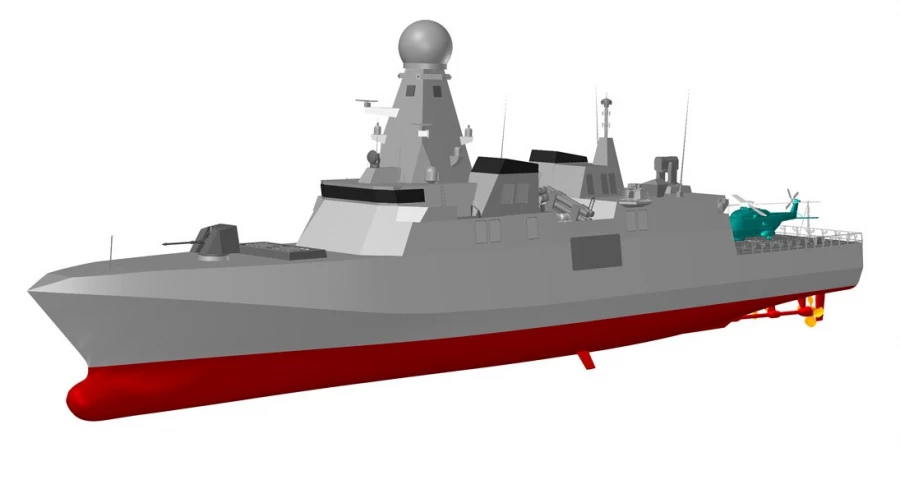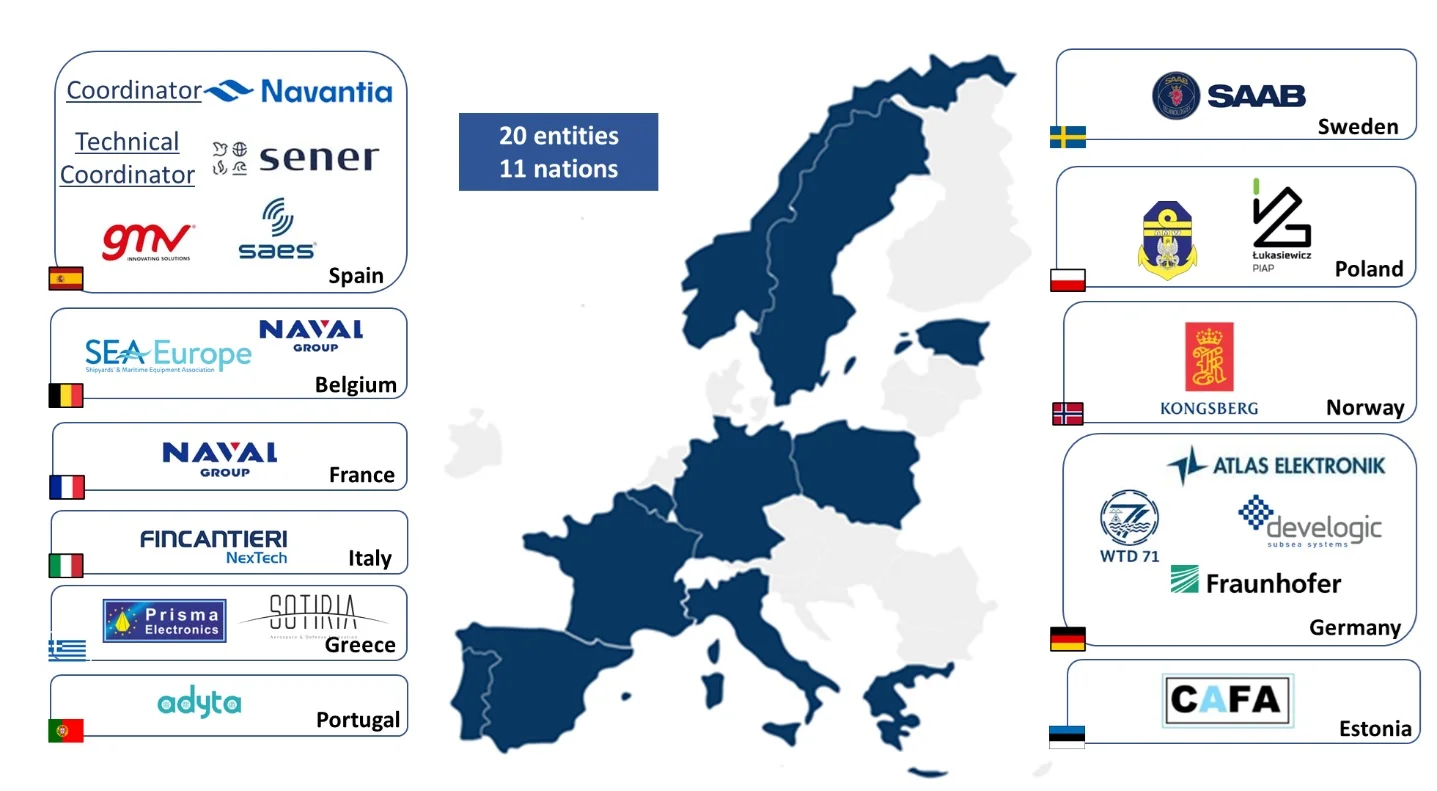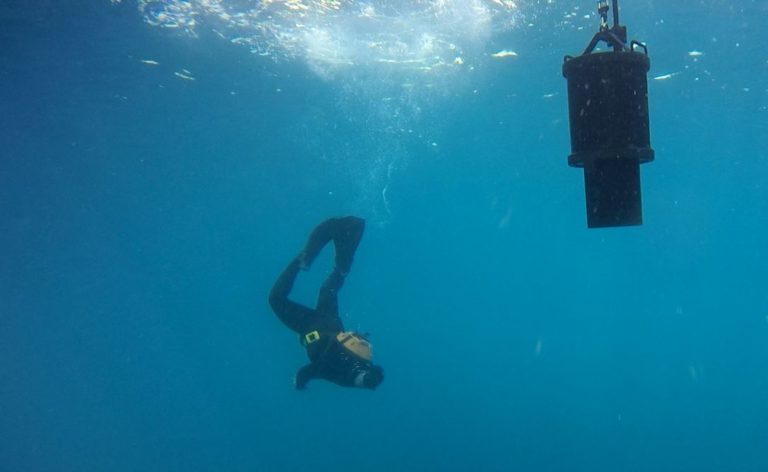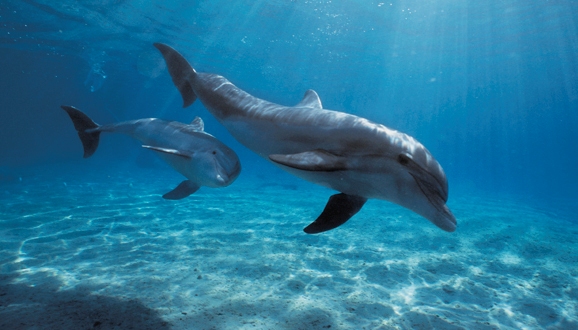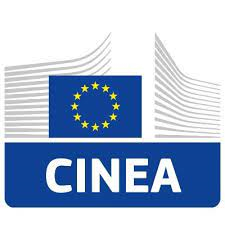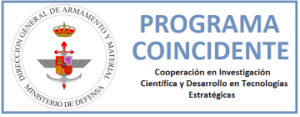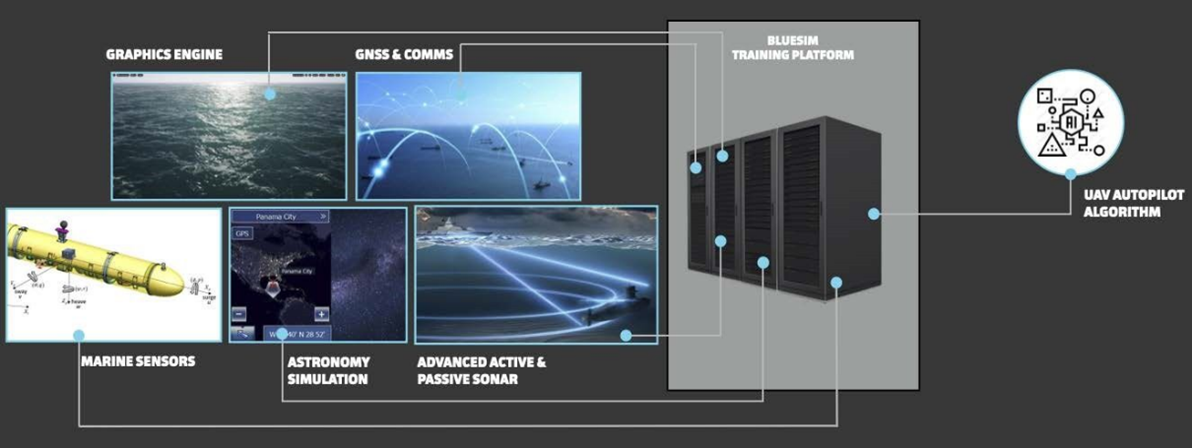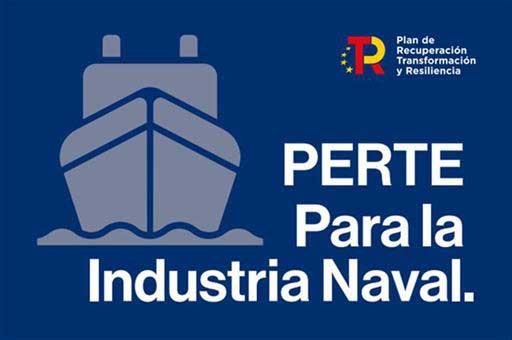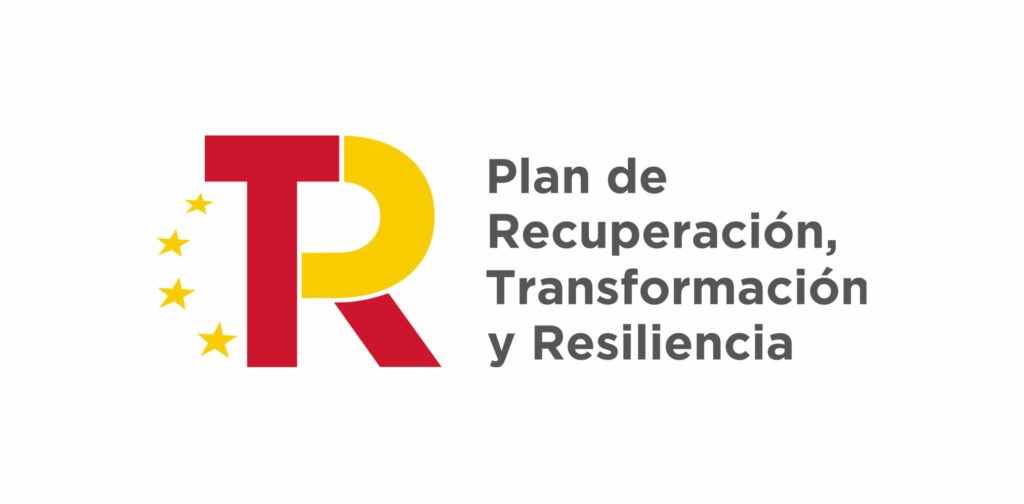The construction of marine infrastructures has increased due to the growing demand for resources and services. These critical infrastructures require protection against underwater threats, and acoustic sensors such as those developed by SAES play an essential role in their detection and tracking, ensuring safety and efficiency in maritime environments.
The construction of infrastructures in marine environments has significantly increased in recent times due to the growing demand for resources and services. These infrastructures, considered essential for the security, economy, public health, and well-being of a nation, are classified as critical. The protection of these infrastructures against potential threats, both surface and underwater, is of vital importance. In this context, acoustic sensors play a crucial role in the detection, tracking, and classification of threats, allowing for the effective protection of these infrastructures.
Critical infrastructures in marine environments include systems, assets, and essential services located in or near maritime areas. These infrastructures are vital for the security, economy, public health, and well-being of a nation. Examples of critical infrastructures in Spain include ports and maritime terminals (Algeciras, Barcelona, Valencia, Cartagena, or Bilbao), oil and gas platforms (Casablanca platform), submarine cabling (MAREA and ACE cables), offshore wind energy installations (Gulf of Cádiz and Atlantic coast), and maritime defence and security infrastructures (naval bases in Cartagena, Ferrol, and Rota).
Critical infrastructures present several challenges, including protection against threats, environmental impact during their construction and operation, and the need for technological innovation. The implementation of sensors and monitoring systems is crucial to improve the efficiency and safety of these infrastructures.
Acoustic sensors are advanced tools that allow the detection and monitoring of sounds and vibrations in the water, providing crucial information for the surveillance and protection of critical marine infrastructures. Specific uses include the detection of underwater intruders through perimeter monitoring and acoustic signature analysis, the surveillance of diving activities and underwater vehicles through early detection and tracking of divers or underwater vehicles based on their unique acoustic signatures, and environmental monitoring through the detection of underwater noise and acoustic detection of oil or gas spills.
There are mainly two types of acoustic sensors: passive and active. Passive sensors, such as hydrophones, measure pressure variations in the water, derived from noise generated by vessels, human activity, or marine fauna. Active sensors, on the other hand, transmit an acoustic pulse and measure the echo or reflection produced by objects. Both types of sensors can be installed in array configurations, such as linear, cylindrical, panel, or spherical, which improves directivity gain and detection probability.
To design a protection system based on acoustic sensors, several factors must be considered. Firstly, the study of threats will determine whether the optimal system is passive or active, depending on the level of radiated noise and the necessary detection distance. Passive systems are ideal for detecting threats at long distances, provided that the noise level radiated by the threat is higher than the ambient noise. Otherwise, active systems will be required.
Secondly, the study of the orography of the area to be protected will determine the number of sensors to be used. Additionally, the analysis of acoustic propagation will determine the performance of the sensors, and hence their number and location, as allowed by the SEAPROF developed by SAES.
An example of a protection system is the one designed by SAES for the detection of narco-boats in coastal areas. This system uses a network of intelligent and autonomous buoys with hydrophones for the detection of light vessels. The network of passive sensors allows for the generation of early alerts, improving security in the area.
Another example is the port protection system designed by SAES, which integrates passive and active sensors, complemented by electromagnetic sensors for near-field detection. This system includes a long-range passive acoustic sensor for early threat detection, DDS-03 active acoustic sensors for the detection of divers and underwater vehicles, and a barrier of electromagnetic sensors.
With the increase in marine infrastructures and emerging new threats, the integration of protection systems is critical. Acoustic sensors, due to their discretion, durability, and minimal maintenance requirements, are essential for the detection of threats in maritime environments. The mentioned use cases are examples that demonstrate how the detection of underwater threats can be effectively carried out through strategically distributed acoustic sensors, based on threat analysis, area study, and acoustic propagation conditions.
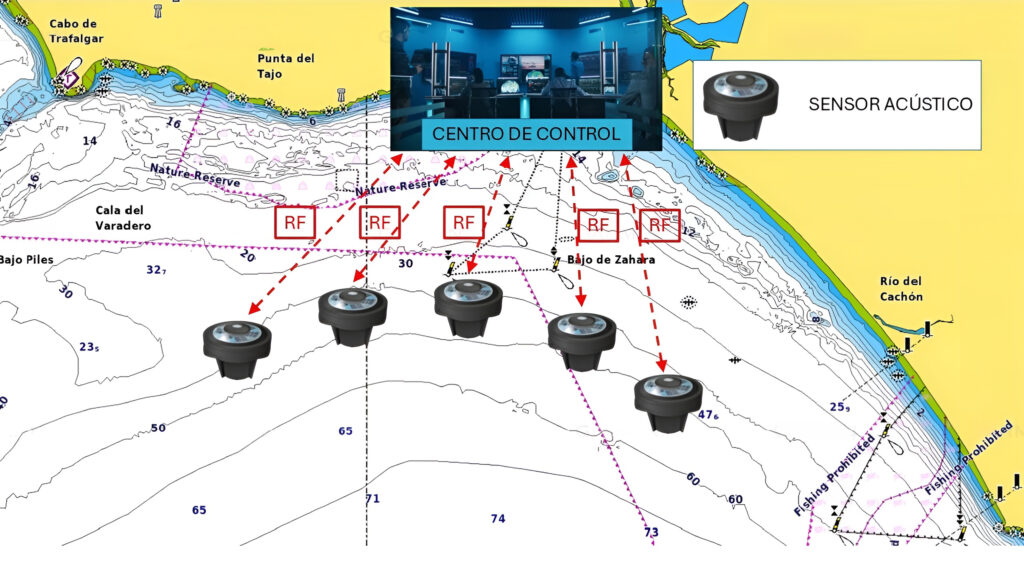
Photo: example of an acoustic sensor system for coastal surveillance / SAES
